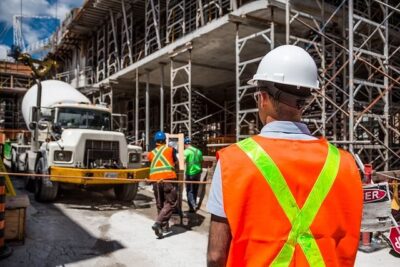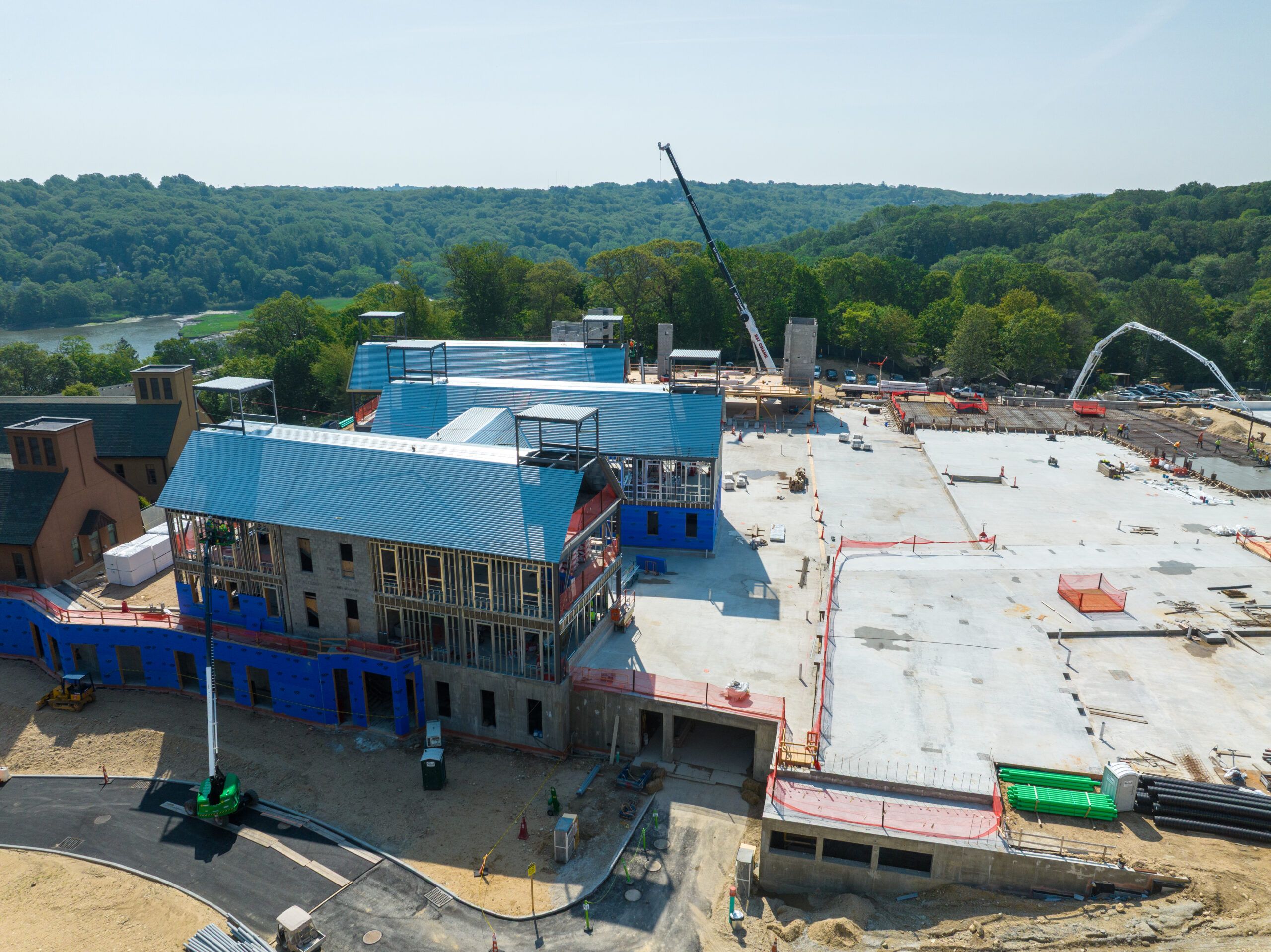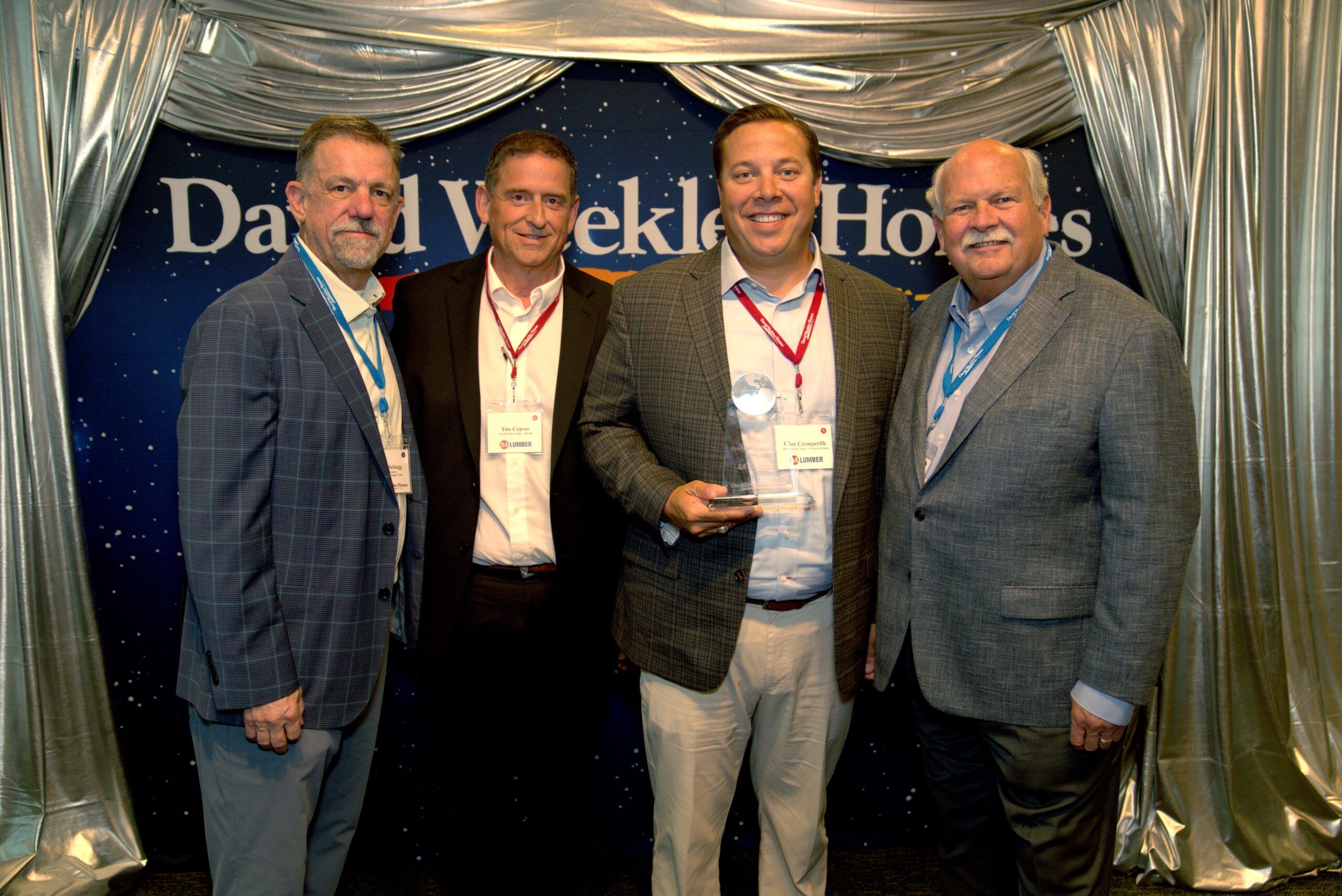Construction sites are dynamic but risky environments, where even small oversights can lead to serious accidents. From slippery surfaces to heavy machinery, hazards are often unavoidable without proper planning.
Employers must implement strict safety measures and follow legal standards to protect workers from common injuries like falls or equipment mishaps. However, when these precautions fail or aren’t enforced, legal accountability becomes critical for injured employees.
This article explores practical strategies to prevent workplace injuries in construction.
Common Hazards and Injury Types on Construction Sites
Construction sites often expose workers to elevated fall risks, especially when working on scaffolding or ladders. A single misstep can result in severe fractures or head trauma. Unsecured edges and poor safety gear amplify these dangers significantly.
Heavy machinery accidents are another frequent threat, with equipment malfunctions or operator errors leading to crush injuries, amputations, or worse. Combined with overexertion from lifting heavy materials, musculoskeletal injuries like strained backs and joint pain become almost inevitable. Additionally, exposure to hazardous substances such as asbestos, silica dust, or chemical fumes poses long-term health risks. When workers inhale these toxins without proper protection, chronic illnesses like respiratory diseases or even cancer can develop.
Essential Safety Protocols to Reduce Workplace Accidents
OSHA regulations set the foundation for safe construction practices, but tailored measures often make the difference. Among the most effective steps is training workers on proper equipment use, hazard recognition, and emergency response.
Construction companies must also prioritize maintaining clean, organized worksites. Loose tools, debris, and slippery surfaces are common culprits in accidents. Regular inspections help identify potential dangers before they escalate into injuries.
Equally vital is investing in high-quality personal protective equipment (PPE). Hard hats, fall harnesses, steel-toed boots, and respiratory masks significantly reduce injury risks.
Understanding Employer Liability in Construction Injuries
Employers have a legal mandate to provide safe working conditions. Failure to stick to this requirement can result in liability for accidents. Violations, such as ignoring OSHA standards or neglecting equipment maintenance, are common grounds for worker claims.
Supervisors must also address unsafe behaviors and enforce safety rules consistently. Allowing shortcuts or tolerating untrained workers on hazardous tasks increases the likelihood of preventable injuries and potential lawsuits. Accountability starts with leadership actions on-site.
In cases where third-party contractors contribute to unsafe environments, employers may share responsibility alongside vendors or manufacturers of defective tools and machinery. Understanding these layers is critical when determining who bears fault after an accident occurs at work sites.
Steps Workers Should Take After an Injury Occurs
If you have been injured on a construction site, notify your supervisor immediately and seek medical attention. Prompt documentation of the injury ensures proper treatment and creates an official record, essential for any future claims.
Also, collect any evidence related to the incident. Photos of the hazard, damaged equipment, or unsafe conditions can strengthen your case. If coworkers witnessed the accident, ask them for statements or contact details for later follow-up.
Once you have adequate evidence and medical reports, file a workers’ compensation claim promptly. Guidelines for these claims often have strict deadlines, which vary state by state. A seasoned workers’ compensation attorney can help ensure your claim is accurate and complete.
The Role of Specialized Attorneys in Construction Accident Cases
Handling construction accident cases alone can be overwhelming, given the complexity of laws and regulations. Many individuals turn to legal experts for assistance.
An attorney knowledgeable in claims similar to yours can identify negligence, whether from the employer, a contractor, or faulty equipment manufacturers. They analyze incident reports, medical records, and site conditions to build a strong case.
It is always advisable to hire a local law firm when pursuing a claim. For example, if you’re from New York, a construction accident lawyer in New York would have specific knowledge of state laws and statutes of limitations. This expertise ensures you meet deadlines and avoid technical errors that could weaken your claim.
Wrapping Up
When construction companies take measures to prevent injuries and comply with legal standards, everyone benefits. Workers gain safer environments, and employers avoid costly lawsuits.
However, if accidents occur, knowing the right step empowers employees to seek rightful compensation. Proactive safety and informed legal action are your best allies when facing the challenges of construction work.












